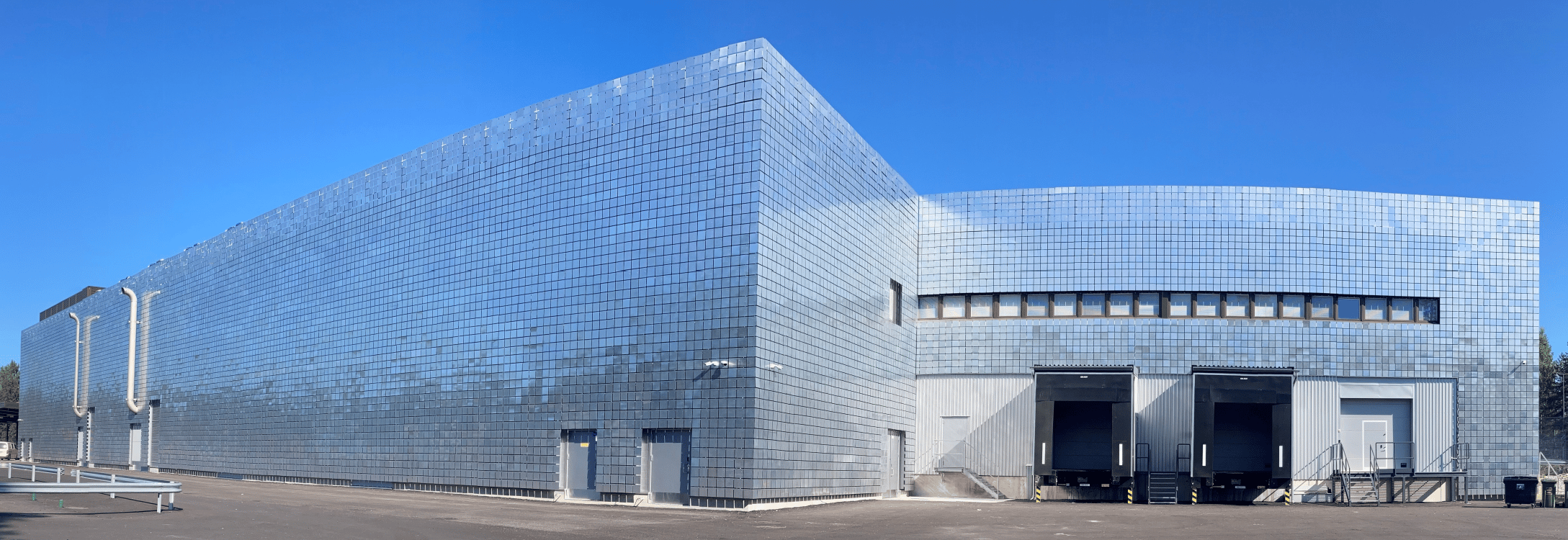14.03.2024
Harnessing Data Center Waste Heat
sustainability

In the era of generative AI, escalating energy demands of data centers have become a pressing concern. Training AI models is highly energy intensive. According to MIT’s Lincoln Laboratory, the GPUs that trained ChatGPT’s precursor, GPT-3, are estimated to have consumed 1,300 megawatt-hours of electricity – nearly the amount of electricity consumed by 1,450 average U.S. households per month. Yet, amidst this escalating demand, a significant opportunity remains untapped—the recovery and repurposing of waste heat generated by data centers.
Nearly 97% of the electrical energy consumed by data centers could be harnessed in the form of heat. This surplus heat, when redirected towards heating nearby buildings, providing hot water, or supporting industrial processes, can drastically enhance energy efficiency and mitigate carbon emissions. However, this potential often remains unexploited, with waste heat either released into the atmosphere or inefficiently managed.
Heat recovery technologies
Repurposing data center waste heat involves intricate processes and advanced technologies. The primary heat sources within data centers include servers, storage devices, networking equipment, and the operational systems themselves.
Once heat is captured, it is transferred to a heat exchange system, using heat pumps or other heating systems to raise the temperature of the waste heat to the desired level. For instance, the heat may need to be increased to 70 degrees Celsius (°C) or more to make it suitable for district heating.
The recovered heat then finds its way through dedicated distribution networks. These networks, comprising pipes or other infrastructure, facilitate transporting the heat to end-users, whether for district heating, agricultural purposes, or industrial needs.
How we do it in Finland
At our Helsinki data center campus we have been able to put a heat recovery system into action. Utilizing air cooling methods, we extract excess heat from the hot return air and transfer it to water. The water is then elevated from around 30⁰C to a temperature suitable for the district heating company, typically exceeding 90⁰C. For every 1MW of IT power allocated to servers, the data center generates 1.3MW of heat. Remarkably, the system incurs minimal energy losses, just a few percent, showcasing its efficiency.
The presence of an existing district heating network greatly facilitates the integration of the surplus heat. The pre-existing pipeline is conveniently situated near the data center, simplifying the connection process unlike other cases where a customized strategy is necessary to incorporate excess heat into the heating network. The seamless integration into Helsinki's district heating network is pivotal to this success as we are not reliant on a single business or application – the district heating network is an integral part of a city-wide energy solution with consistent demand.
Challenges in implementation
While the benefits of heat recovery are evident, challenges persist. Economic viability stands as a significant concern, especially in regions lacking subsidies or supportive policies. Infrastructure costs, initial investments, and operational expenses often pose barriers to implementation.
Moreover, geographical location matters, impacting proximity to end-users and necessitating costly infrastructure for heat transportation. Instances like fluctuating electricity prices pose additional hurdles, demanding innovative solutions to optimize resource allocation.
Policy as a catalyst for change
Public policies, through incentives and mandates, wield considerable influence in promoting sustainable practices. Countries like Finland and France have implemented subsidies and tax incentives for heat recovery. However, mandates without supporting infrastructure can prove counterproductive, emphasizing the importance of a cohesive approach. The European Union's revised Energy Efficiency Directive marks a significant step toward data center sustainability, aiming for decarbonized district heating by 2050. This directive sets the stage for greater industry-wide sustainability accountability.
Just as important are voluntary initiatives where companies take accountability into their own hands. For some time now, Verne has been voluntarily tracking its sustainability metrics, which include its scope 1, 2 and 3 greenhouse gas emissions, as well as setting tough targets for Power Usage Effectiveness (PUE), Water Usage Effectiveness (WUE) and Carbon Usage Effectiveness (CUE). The push and pull of public policy and voluntary accountability will enable greater adoption of more sustainable practices industry wide.
The Road Ahead
Harnessing waste heat from data centers presents a promising pathway towards sustainable energy solutions. While challenges persist, innovative technologies and supportive policies offer a roadmap for maximizing the potential of waste heat recovery, paving the way for a more environmentally conscious data infrastructure.
As the global dialogue on sustainability gains momentum, collaborations between industry, policymakers, and innovators will be pivotal in shaping a more sustainable future for data centers worldwide. The journey towards sustainability demands concerted efforts and collective action, and leveraging waste heat represents a crucial stride towards that goal.
Get in touch with us today to explore the next generation of data center solutions.

